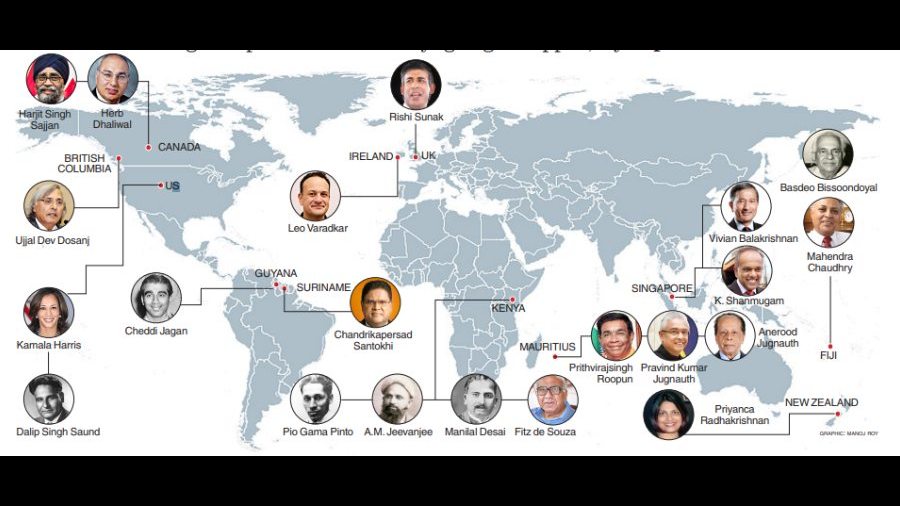Legendary musician and composer Sachin Dev Burman’s palatial home in Cumilla district of Bangladesh is all set to be transformed into a cultural complex, with the Sheikh Hasina government having sanctioned Taka 1.10 crore (Rs 86 lakh) for the project.
Dev Burman, born in 1906, spent the first 18 years of his life in this South Chartha village rajbari (palace) in Cumilla, said Golam Faruk, an advocate and a prolific writer who edited a 596-page book on the musician.
“His musical talent was honed under the supervision of his father, who was a sitarist. Dev Burman completed his schooling from Cumilla Zilla School and graduated from Victoria Government College in 1924,” Faruk, also a historian, said.
His father, a descendant of Tripura royal family, had moved to Cumilla to look after the princely estates.
The palace, where the music maestro was born and raised, was listed as a protected monument on Nov 30, 2017, officials in Bangladesh said.
Prime Minister Sheikh Hasina had visited Agartala to attend the convocation of Tripura University in 2012 and assured a delegation of writers and cultural activists there that the house would be preserved and converted into a cultural centre and museum, the officials said.
READ HERE | Tripura’s Pushpabanta Palace to be turned into museum celebrating royal history, Tagore links
In May 2017, Hasina had visited Cumilla to attend the 116th birth anniversary of poet Kazi Nazrul Islam, and laid the foundation stones of seven projects, one of which was for the ‘Sachin Dev Burman Cultural Complex’, they said.
Faruk pointed out that the palace was built on seven acres of land, but a major part of it was encroached upon, over the years, as it lay abandoned.
“Cumilla MP AKM Bahauddin Bahar, however, was able to vacate the land to a considerable extent with the help of the district administration,” he told PTI.
The MP, when approached, underlined that the government sanctioned Taka 1.10 crore for building the complex.
The district collector of Cumilla, Md Kamrul Hasan, said the administration was waiting to hand over the house to the archaeology department, have completed all repair work.
“The restoration work was completed long ago. Since the site is yet to be taken over by the archaeology department, the district administration is still looking after it. Two staff members of the district administration and the archaeology department are currently taking care of the house,” he told PTI.
Faruk, also a ‘mukti joddha’ (freedom fighter), said, “Many geniuses, including renowned Bengali poet Kazi Nazrul Islam, had visited Dev Burman’s house and played music with him.”
An official said on the condition of anonymity that the abandoned house was used as a military warehouse during the Pakistan regime.
After the warehouse was removed, part of the house was converted into a poultry farm, and since then, the place was known as ‘Cumilla poultry farm’, he said.
“Former cultural affairs minister and theatre personality Asaduzzaman Nur had earlier announced that a complex would be built around the house with a floating stage in the pond. A music library was also part of the plan. The poultry farm will have to be done away with,” he added.
Dev Burman, popularly known as ‘sachin karta’, lived in Cumilla until 1924, said Faruk.
“He left for Kolkata that year to pursue higher education and then later to Mumbai in 1944. Those of the Dev Burman family, who lived in the Cumilla house, migrated to India after 1947,” Faruk added.
Dev Burman’s first major breakthrough in Mumbai came in 1947 with ‘Do Bhai’.
He went on to compose music for several epic Hindi films including ‘Pyaasa’, ‘Kagaaz ke Phool’, ‘Guide’, ‘Abhimaan’ and ‘Mili’.
He also sang songs in semi-classical and folk styles of Bengal.
The maestro was conferred Padma Shri in 1969 for his contribution to music.
nie
